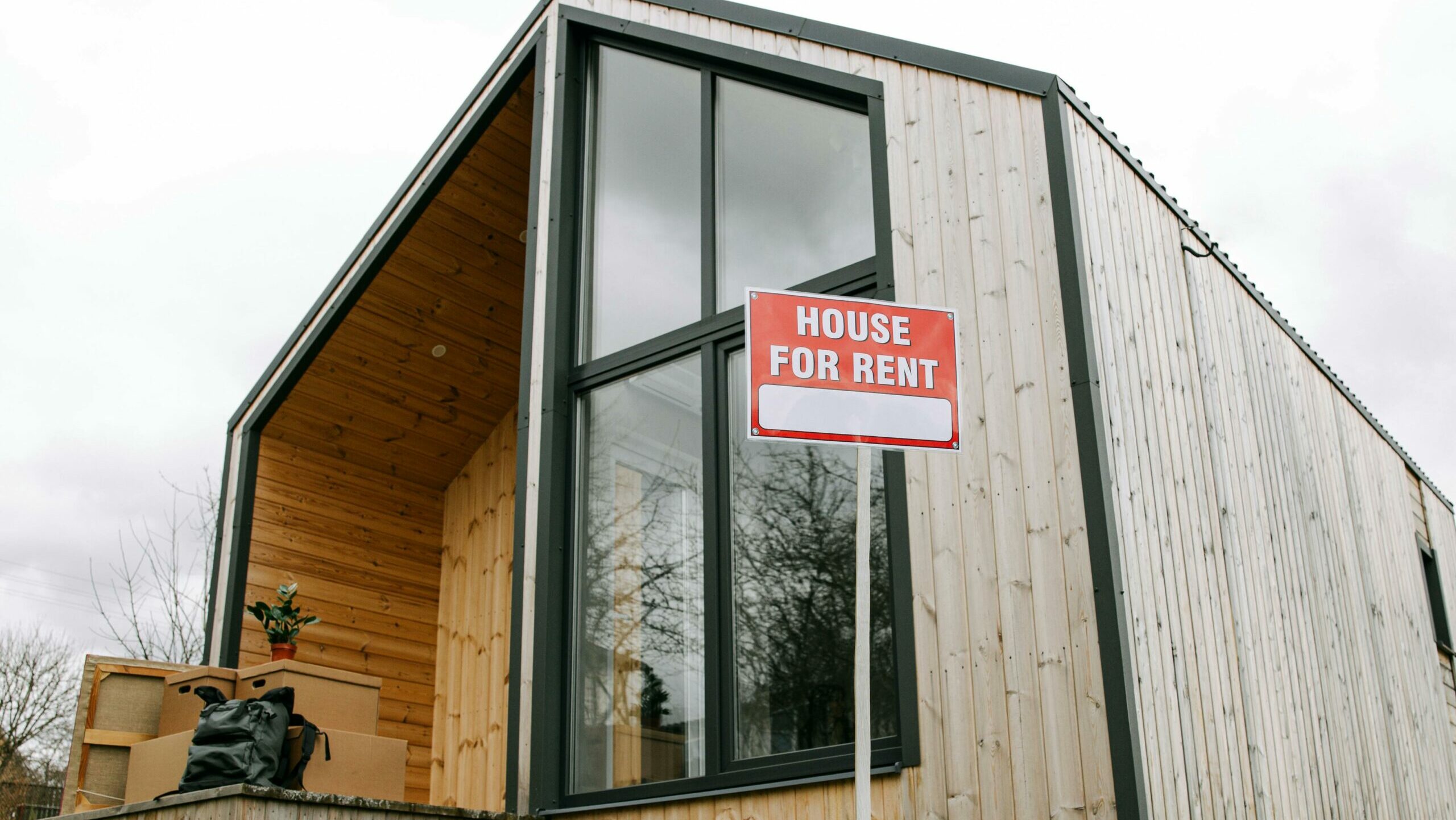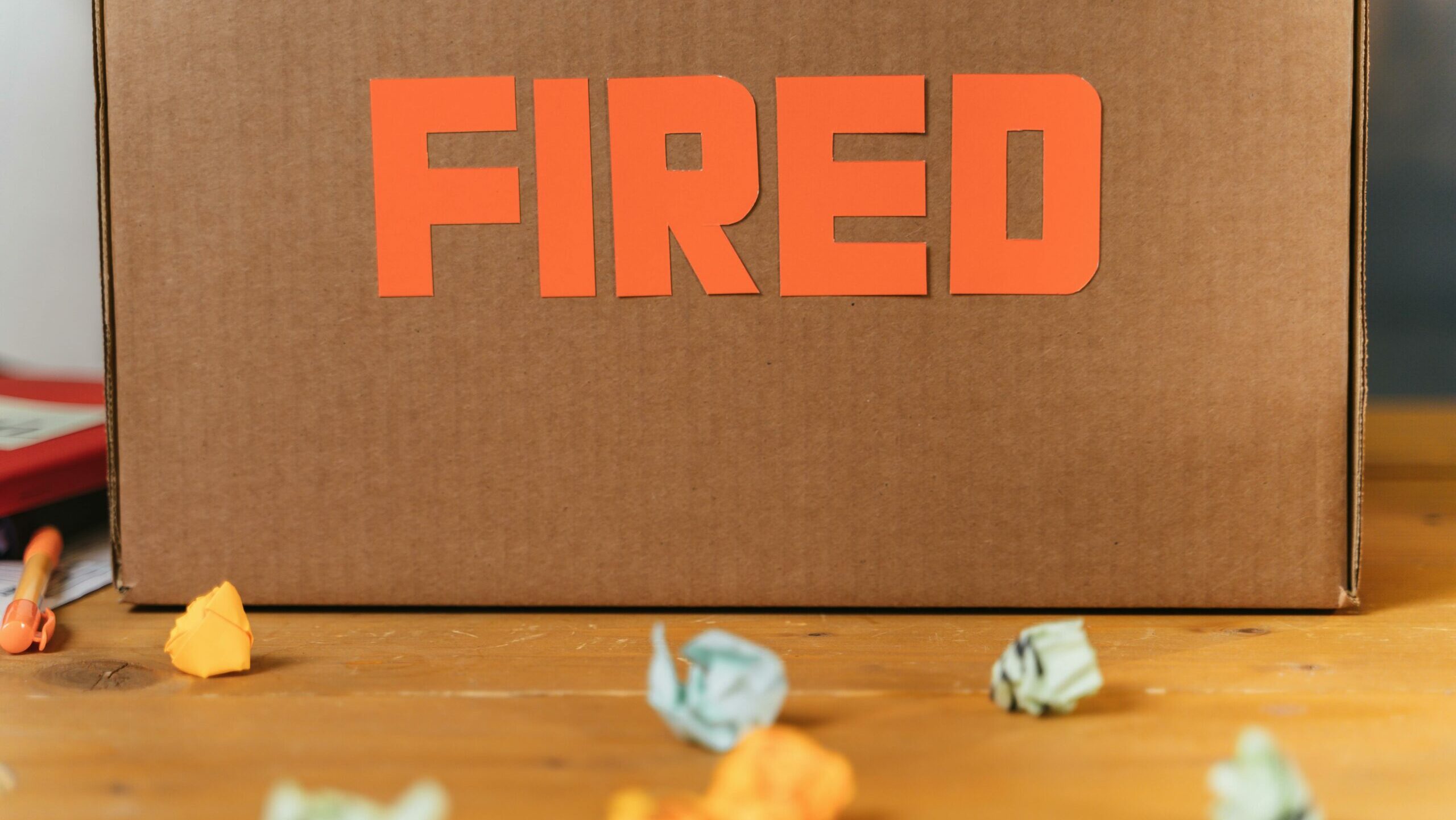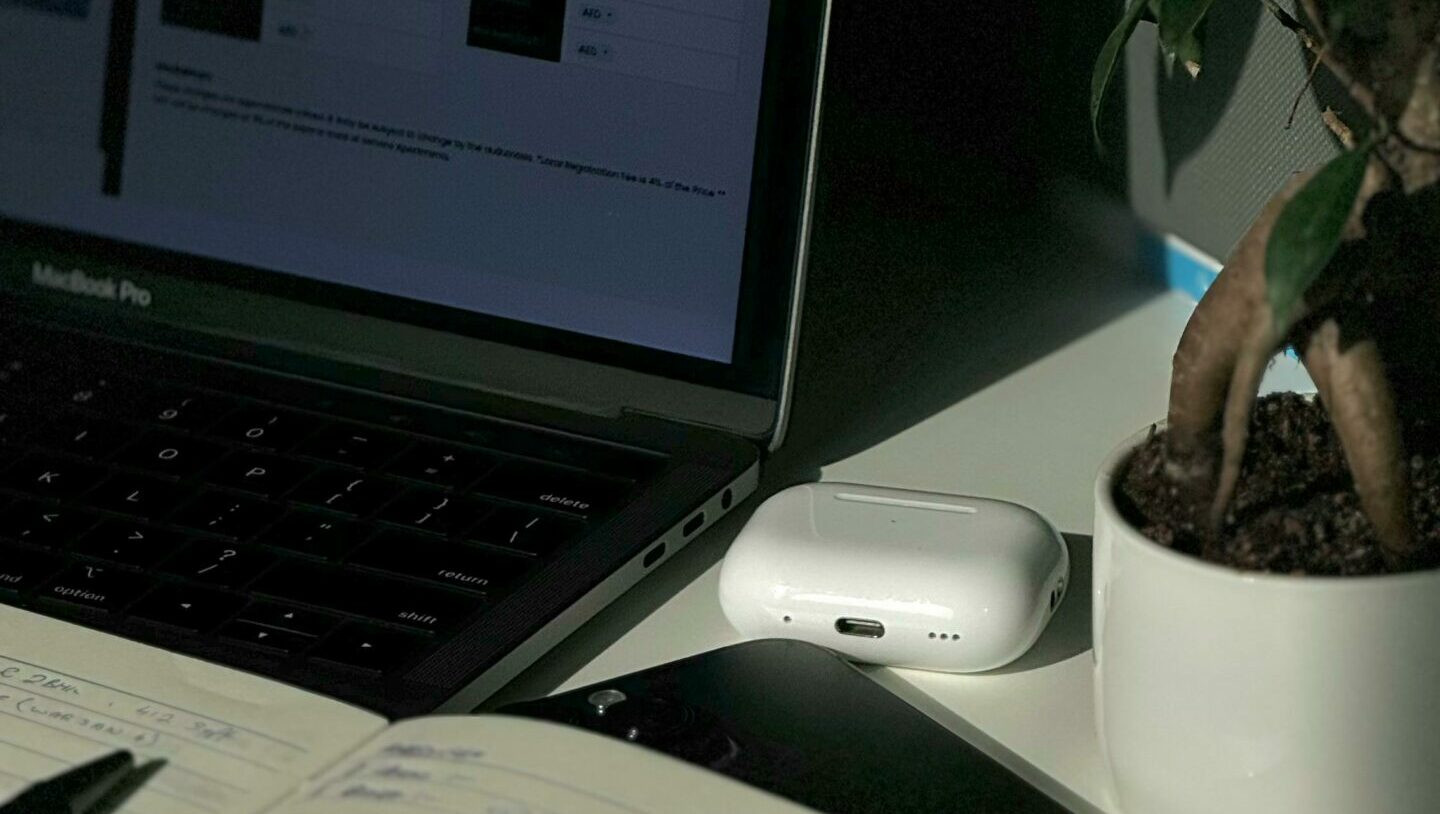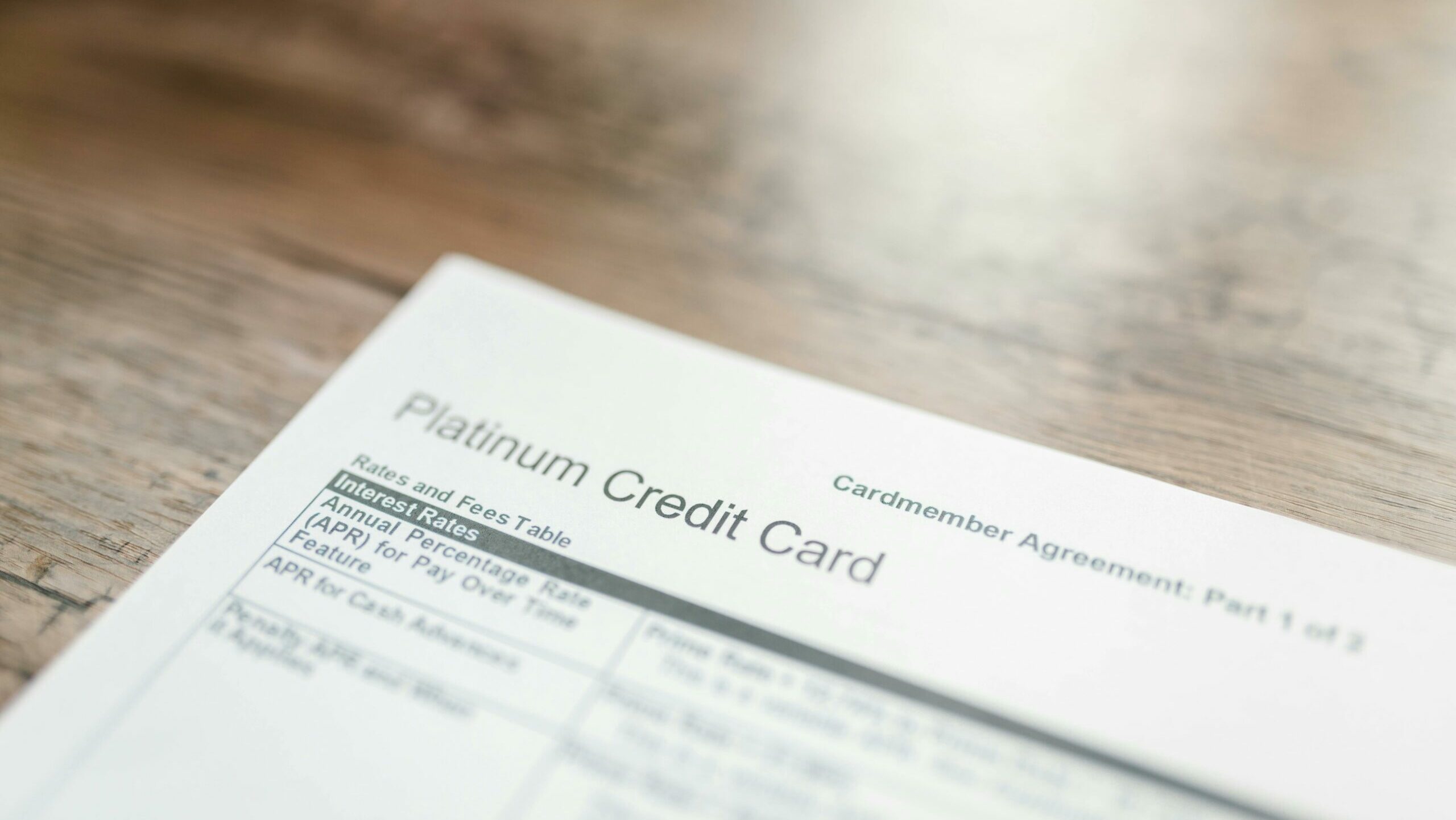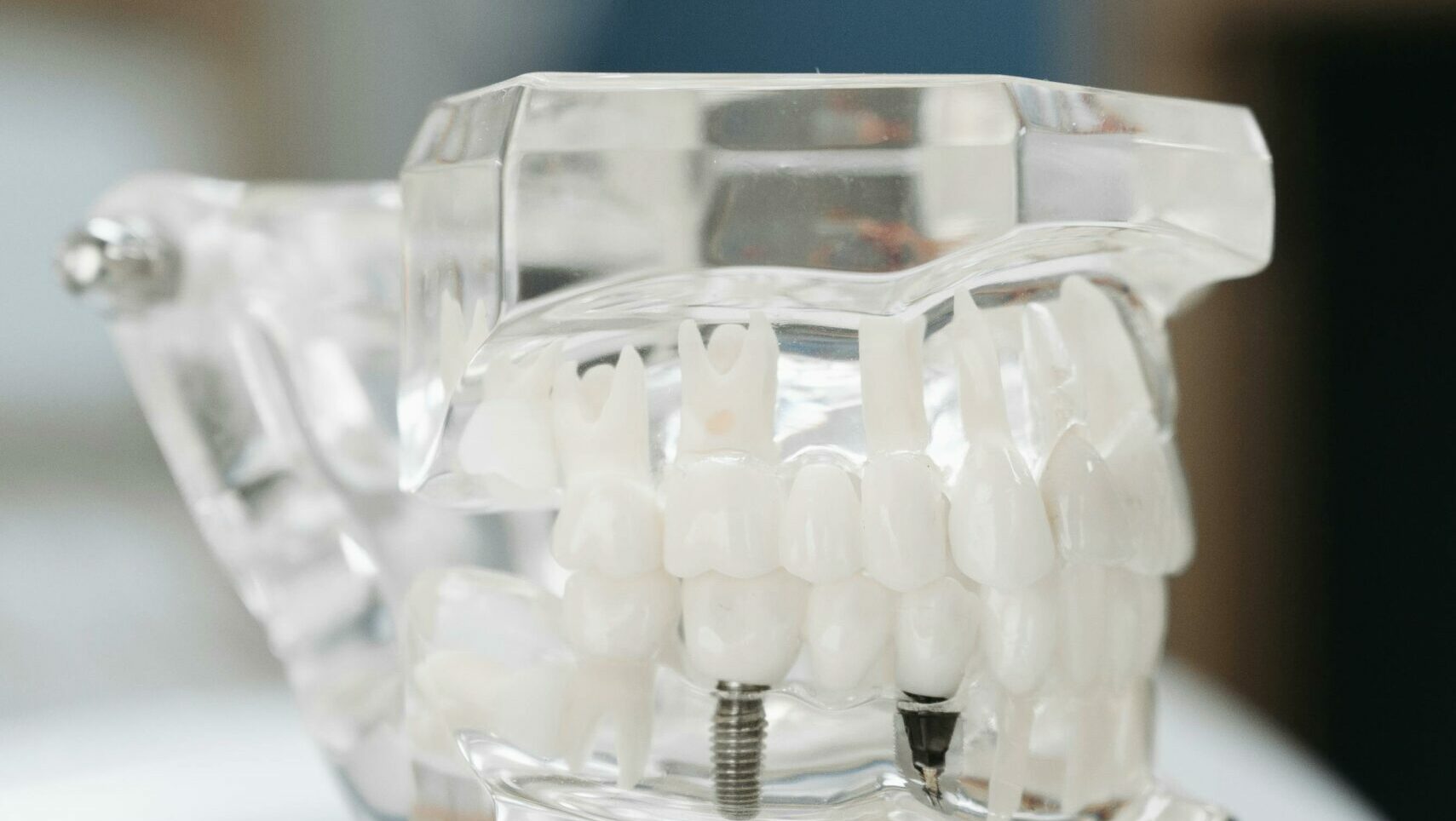Brake Maintenance: How to Stop Safely (Before Your Wallet Does)
Let’s talk about brakes—the only thing standing between you and a very bad day. They’re like your car’s superhero, silently working until… they don’t. And when brakes fail, things get expensive fast.
But here’s the good news: Brake maintenance is stupid easy if you know what to watch for. No mechanic degree required—just a little awareness and some basic know-how.
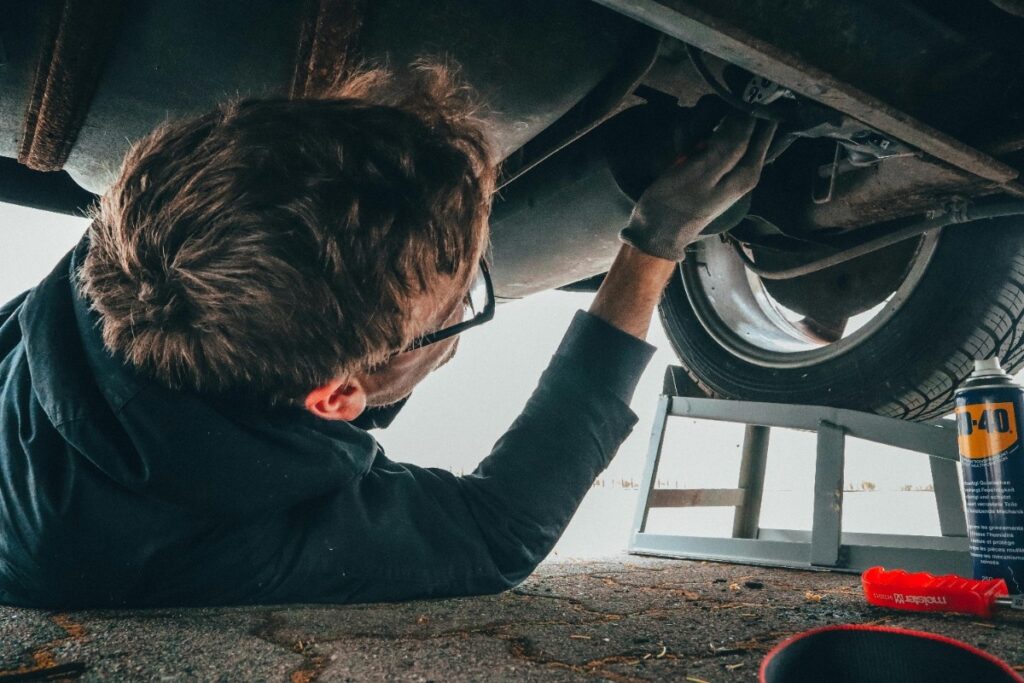
How Do You Know Your Brakes Need Attention?
Your car will tell you—if you’re listening. Here’s what to watch (and listen) for:
The “Please Fix Me” Noises
- High-pitched squealing = Worn pads (the little metal “wear indicator” is screaming at you).
- Grinding/growling = Metal-on-metal (you’re now ruining your rotors—$$$).
- Clicking or clunking = Loose parts (caliper, bracket, or something scarier).
The “Something Feels Off” Signs
- Soft/spongy pedal = Air in brake lines or leaking fluid.
- Pulling to one side = Sticky caliper or uneven pad wear.
- Vibration when braking = Warped rotors (common after hard braking).
The “Pull Over Now” Red Flags
- Brake pedal goes to the floor = Major fluid leak or failure.
- Smell like burning hair = Overheated brakes (let them cool before driving again).
Basic Brake Maintenance (That Anyone Can Do)
1. Check Your Brake Fluid
- Where? Small reservoir under the hood (usually labeled).
- What to look for?
- Fluid should be clear/yellowish (not dark or murky).
- Level should be between MIN/MAX lines.
- If low? Top it off with DOT 3 or DOT 4 (check your manual).
2. Inspect Brake Pads (No Tools Needed)
- Look through your wheel spokes—you’ll see the pad pressed against the rotor.
- If the pad is thinner than ¼ inch, it’s time to replace.
3. Listen for Dragging Brakes
- Drive slowly with windows down. Hear a light “shhh” sound even when not braking?
- Could mean a stuck caliper or pad—fix it before it cooks your rotor.
How to Avoid Getting Scammed on Brake Jobs
❌ “You Need New Rotors Every Time!”
- Truth: Rotors can often be resurfaced (machined smooth) unless they’re too thin or warped.
- Scam move: Shops love selling you unnecessary rotor replacements.
❌ “Your Brake Fluid Needs a Flush Every Year!”
- Truth: Most cars only need it every 2-3 years (check manual).
- Test it? Buy a brake fluid tester ($10) to check moisture content.
❌ “All Pads Are the Same—Just Get the Cheap Ones!”
- Truth: Cheap pads wear faster, dust more, and can squeak.
- Best balance: Mid-grade ceramic pads (quieter, less dust, longer life).
When Should You Actually Replace Brakes?
| Part | When to Replace | Cost (DIY vs. Shop) |
| Brake Pads | < ¼ inch thick | 30−30−80 (DIY) vs. 150−150−300 (shop) |
| Rotors | If warped or too thin | 50−50−150 each (DIY) vs. $400+ (shop) |
| Brake Fluid | Every 2-3 years or if dirty | 10(DIY)vs.10(DIY)vs.100 (shop) |
| Caliper | If leaking or stuck | 150−150−400 (usually shop job) |
Pro Tips to Make Brakes Last Longer
✔ Avoid Riding Your Brakes (Coast more, brake less—saves pads and gas.)
✔ Clean Wheels Regularly (Brake dust corrodes wheels over time.)
✔ Get a Second Opinion (If a shop says you need $800 in brakes, check elsewhere.)
Final Thought: Don’t Wait Until It’s Too Late
Brakes are the #1 safety system in your car. Ignoring them = risking an accident or a four-figure repair bill.
Your turn: Ever had a brake scare? Or been quoted a ridiculous price for pads? Share your story below—let’s save each other some panic (and cash).
P.S. Hearing a weird noise but not sure if it’s brakes? Describe it in the comments—I’ll help diagnose!


